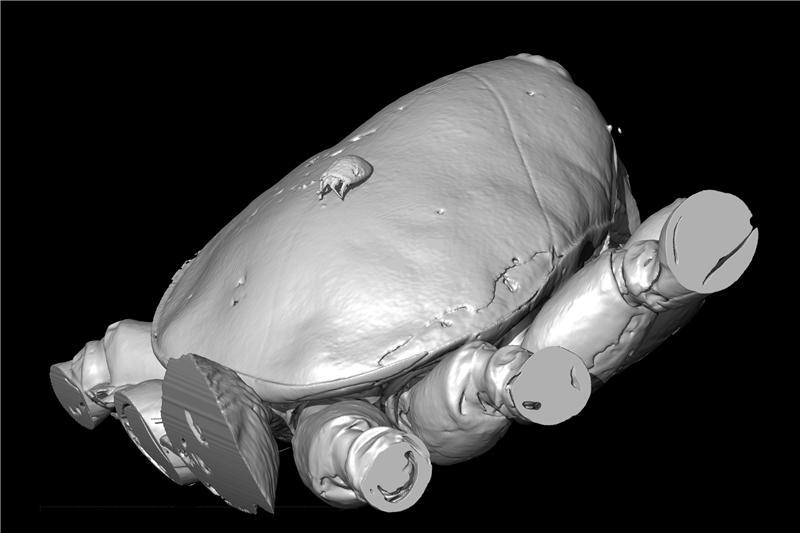

Roentgenium is named after Wilhelm Conrad Röntgen, the discoverer of x-rays. The image is based on an early x-ray tube. The background design is inspired by x-ray astronomy and particle accelerators.
| Density | Unknown |
| Melting Point | Unknown |
| Boiling Point | Unknown |
At present, it is only used in research.
There are seven known isotopes of the element: 272, 274 and 278-282. The longest lived is isotope 281 which has a half-life of 22.8 seconds. In 1986, physicists at the Russian Joint Institute for Nuclear Research (JINR), bombarded bismuth with nickel hoping to make element 111, but they failed to detect any atoms of element 111. In 1994, a team led by Peter Armbruster and Gottfred Munzenberg at the German Geselleschaft für Schwerionenforschung (GSI), were successful when they bombarded bismuth with nickel and they obtained few atoms of isotope 272. It had a half-life of 1.5 milliseconds.